1. Lassie: The Heroic Family Guardian (Rough Collie)
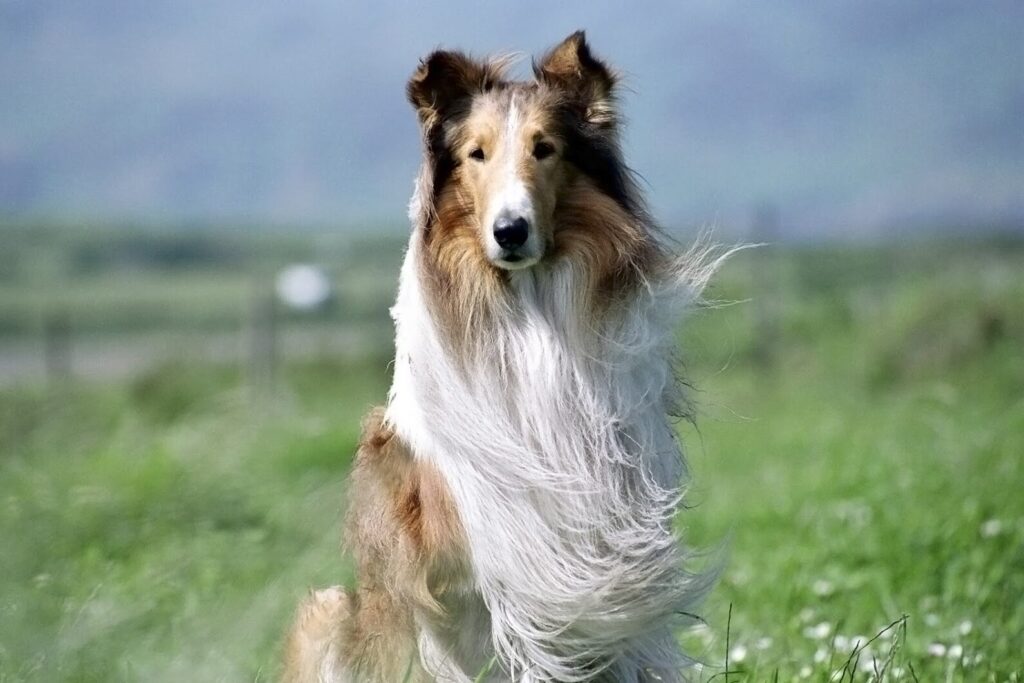
There are many reasons we choose the pets we do, and often, the most influential ones come straight from the screen. The character of Lassie transformed the Rough Collie into a global symbol of loyalty, intelligence, and deep emotional intuition. Before the 1940s debut, Collies were mainly recognized as hardworking herding dogs, particularly in Scottish farm regions, rather than primary family pets. Lassie changed that by consistently being portrayed as an empathetic protector capable of understanding complex human emotion and responding almost like a partner. This exposure led to a massive increase in demand for Collies in gentle, urban home environments, with families seeking a dog that possessed Lassie’s inherent sensitivity and trainability. While this boosted the breed’s popularity, it also created pressures on breeding and set often unrealistic expectations for every Collie’s emotional capacity and immediate obedience.
2. Rin Tin Tin: The Noble Working Companion (German Shepherd)

Rin Tin Tin, one of the earliest canine film stars, shaped the modern image of the German Shepherd as a supremely brave, steady, and reliable working dog. Appearing in silent films and later on television, he was frequently shown performing daring rescues, offering military support, solving problems, and forming deep emotional connections with human characters. His roles dramatically increased the breed’s popularity not just as a pet, but specifically as a service and police dog worldwide. The heroic portrayals, however, also inadvertently sparked trends toward owning high-energy Shepherds in households that were not fully prepared for the breed’s significant exercise requirements and need for mental stimulation. Rin Tin Tin made the German Shepherd iconic, but the legend often overshadowed the practical realities of owning a highly driven working breed.
3. Toto: The Spirited Everyday Companion (Cairn Terrier)
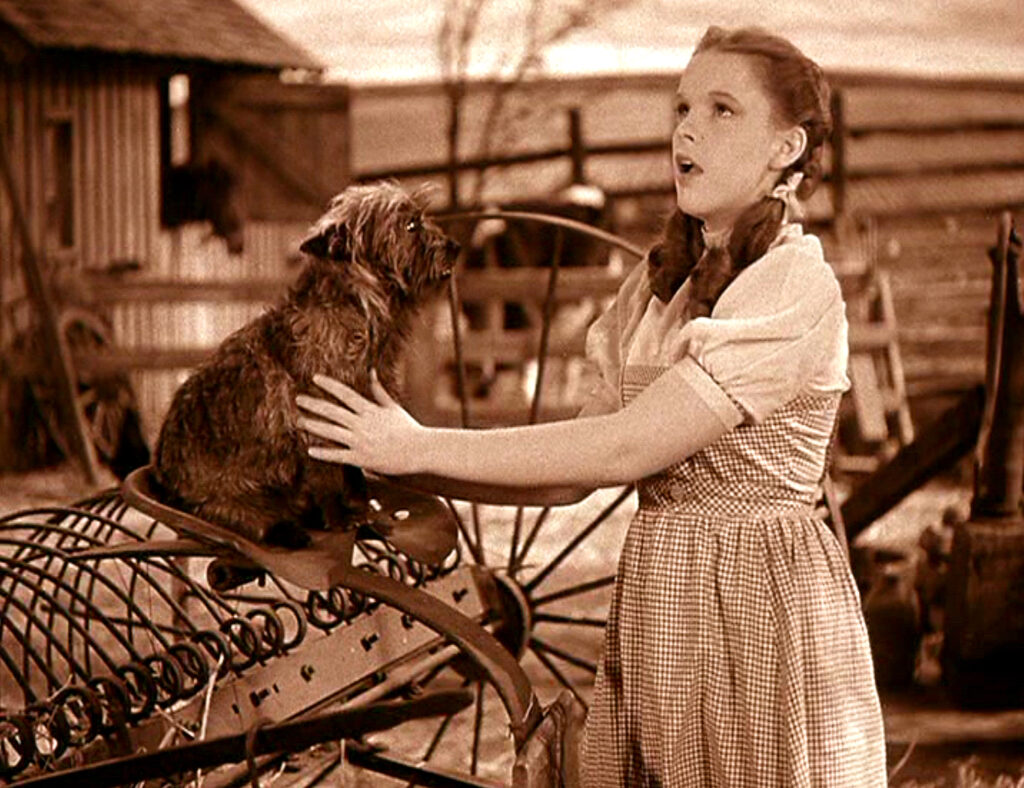
In The Wizard of Oz, Toto established the Cairn Terrier as a compact, everyday symbol of loyalty, alertness, and courage. Cairn Terriers are traditionally small working dogs, originally bred to chase vermin and dig, yet Toto demonstrated to a global audience that small dogs could be bold, perceptive, and indispensable companions, rather than merely delicate accessories. Following the film’s immense popularity, many households began seeking terriers, based on the assumption that they were naturally affectionate and travel-ready. While Cairn Terriers are known for their lively personalities, Toto’s on-screen charm was, in reality, the result of careful training and temperament selection. The role permanently influenced how small breeds are viewed and marketed, emphasizing that they are emotionally present, sharp, and full of personality, not just ornamental.
4. Old Yeller: The Emotional Family Protector (Yellow Black-Mouth Cur / Mixed Breed)

The deeply moving story of Old Yeller was a cultural touchstone that profoundly shifted the perception of dogs from mere functional helpers to emotionally central family members. The dog in the film represented selfless sacrifice, unwavering loyalty, and the almost indescribable emotional depth of the bond between children and animals. Following the film’s release, mixed-breed and working-breed dogs that resembled him were far more likely to be considered true companions, rather than just farm hands or outdoor guardians. However, the tragedy and ultimate devotion showcased in the story also romanticized ultimate fidelity in a way that set incredibly high, sometimes unrealistic, expectations for the behavior and emotional weight of real family dogs. The profound emotional impact of Old Yeller permanently changed the way Americans culturally processed pet loss and attachment.
5. Benji: The Rise of the Shelter Dog Hero (Mixed-Breed Rescue)

Benji’s sustained popularity through films in the 1970s and 1980s was a powerful campaign for the idea that shelter dogs and mixed-breeds could be talented, loving, and charismatic stars. At a time when purebred status often dominated cultural perception, Benji demonstrated that a dog of unknown lineage could possess complex emotional depth and powerful on-screen charm. This success was instrumental in destigmatizing the concept of pet adoption and greatly increased the visibility of local animal shelters. The challenge, however, arose from the audience’s natural assumption that all rescue dogs would instantly come with Benji’s remarkable calm patience, when in reality, the disposition and rehabilitation needs of dogs with uncertain pasts vary widely. Nevertheless, Benji profoundly reshaped how people thought about the best source for a new family companion.
6. Air Buddy: The Happy, Athletic Family Dog (Golden Retriever)
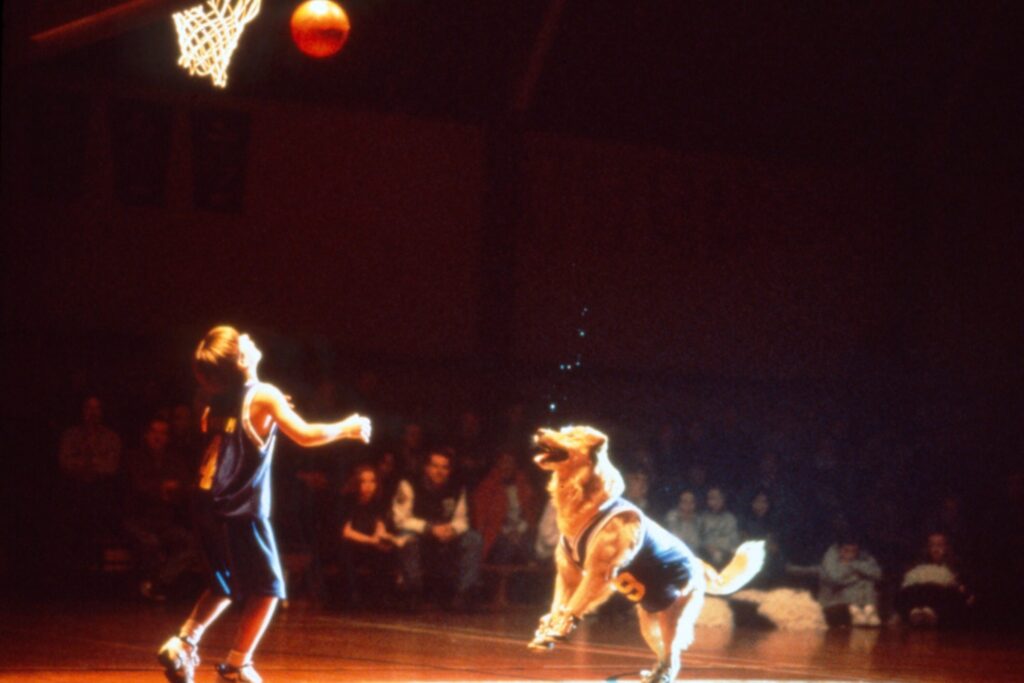
The Air Bud film series cemented the Golden Retriever’s status as the quintessential, warm-hearted, intelligent, and sport-loving family companion. While Goldens were already a popular breed, the movies intensely amplified the public’s demand, especially among suburban families with children who desired a fun-loving dog. The films, however, unintentionally created nearly mythic expectations for the breed’s natural ability to learn complex tricks, their constant friendliness, and their boundless patience. This sometimes led to behavioral issues in dogs that were not provided with the adequate training, structured stimulation, and significant daily exercise the breed actually requires. Air Buddy’s influence on the Golden Retriever’s image was significant, boosting its popularity for decades but also complicating the realities of its ownership.
7. Eddie: The Smart and Mischievous Apartment Dog (Jack Russell Terrier, Frasier)

Eddie’s uncanny comedic timing and expressive, sustained focus on the actors in the hit sitcom Frasier made the Jack Russell Terrier a symbol of high-energy wit and cleverness. His character conveyed the important message that small dogs could possess large, dynamic personalities that could dominate a room. Following Frasier’s success, demand for Jack Russells surged among urban households that admired Eddie’s quick intelligence but were often unprepared for the breed’s true needs: substantial daily exercise, structured training, and consistent mental challenges. The breed gained a charming new identity but also an unwarranted reputation for being “too much dog” when their working-terrier needs for engagement and activity were not adequately met.
8. Beethoven: The Lovable Giant (St. Bernard)

The Beethoven films successfully framed the massive St. Bernard as an affectionate, drooling, patience-filled family dog that could tolerate family chaos with a gentle, enduring acceptance. While the breed is indeed known for its sweet, calm tendencies, the movies encouraged many households to adopt a giant dog without fully understanding the practical realities of owning one, including the enormous food and care costs, the need for large living spaces, and their vulnerability to heat sensitivity. St. Bernard ownership saw a significant rise following the films’ releases, which was unfortunately often accompanied by an increase in surrender rates. Beethoven made the breed genuinely lovable in the public eye, but the cinematic portrayal made large-breed ownership appear far simpler than it is in real life.
9. Scooby-Doo: The Goofy Gentle Giant Archetype (Great Dane)

The enduring cartoon character Scooby-Doo has shaped the perception of Great Danes as lovable, humorous, and frequently clumsy companions. Scooby’s popularity helped to soften the image of giant breeds, making them seem approachable and friendly to children. However, the character’s exaggerated traits, such as his constant hunger and persistent fear, are often the opposite of the real breed’s typical demeanor, which is usually one of dignified calm and a surprisingly low-energy, relaxed presence indoors. Many families who adopted a Great Dane based on the cartoon’s portrayal expected constant high-level playfulness instead of the reserved, gentle companionship the breed more naturally offers. Scooby made millions fall in love with the idea of a Great Dane, but sometimes for traits the breed rarely expresses naturally.
10. Hachi: Devotion Beyond a Lifetime (Akita Inu)

The true story of Hachikō, retold in films across Japan and the United States, created a global symbol of unparalleled canine loyalty and commitment. Consequently, the Akita breed became strongly associated with unwavering faithfulness and enduring patience. However, Akitas are also naturally strong-willed, fiercely independent, and reserved toward strangers, making them a breed best suited for experienced handlers who understand their need for firm, consistent guidance. The overwhelmingly emotional nature of the story led many people to seek Akitas for their emotional connection alone, often without adequate preparation for the breed’s deep-seated training and socialization requirements. Hachi’s legend profoundly moved the world but also highlighted how emotional storytelling can inadvertently overshadow practical breed awareness.
11. Comet: The Soft-Hearted Family Dog (Golden Retriever, Full House)
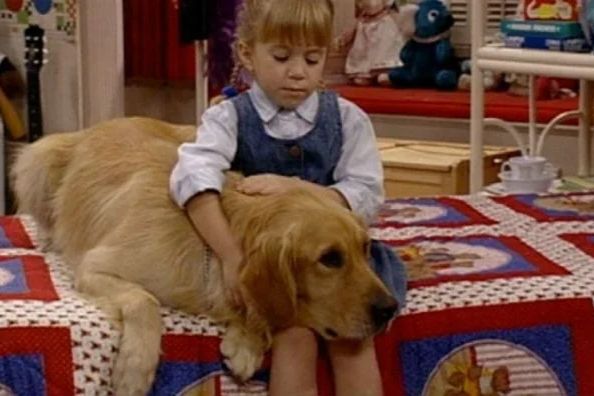
Comet consistently reinforced the Golden Retriever as the ultimate, quintessential kid-friendly family dog during the run of Full House. The show portrayed Comet as incredibly patient, playful, and adaptable, fitting seamlessly into a large, busy household. This idealized portrayal successfully encouraged a wide-scale wave of Golden Retriever adoption, particularly among young families in suburban settings. While Goldens are, by nature, very sociable and gentle, the show offered little to illustrate the significant daily requirements of the breed, including their essential need for grooming, structured training, and consistent, vigorous exercise. Comet made the breed feel universally perfect, a beautifully attractive, yet ultimately unrealistic, image that still influences ownership trends today.
12. Wishbone: The Imaginative Storytelling Companion (Jack Russell Terrier)
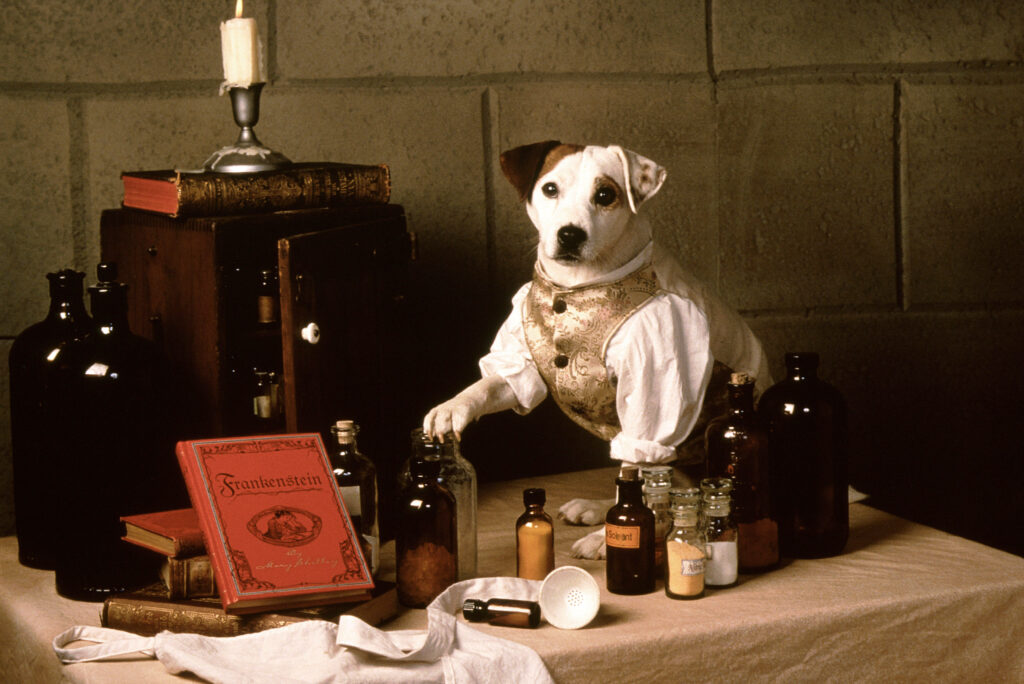
Wishbone uniquely introduced children to classic literature by showing the small Jack Russell Terrier imagining himself into the central roles of famous stories and historical events. The show successfully forged a link between emotional learning, imaginative storytelling, and the joy of animal companionship. However, similar to the character Eddie from Frasier, Wishbone contributed to the public misconception that Jack Russells are simple, small house pets rather than high-drive, working terriers with immense energy and a strong instinctual focus. Wishbone made the breed appear intellectually engaging and incredibly likable, yet many families who adopted one were not prepared for the significant level of attention, training, and activity the real breed truly requires.
13. Shadow: The Steady, Wise Mentor Archetype (Golden Retriever, Homeward Bound)
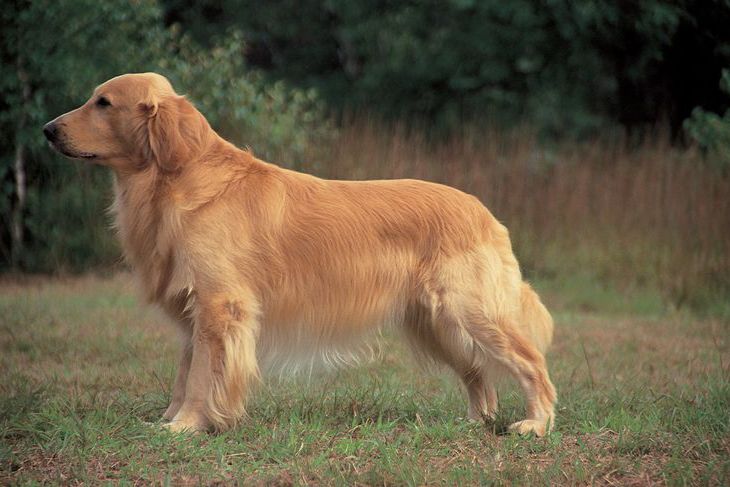
Shadow represented a powerful version of dog companionship rooted in emotional grounding, protective guidance, and deep stability. His character was not designed to be comedic or flashy; he was instead dependable, intuitive, and consistent, serving as the emotional anchor for the entire traveling group. This depiction encouraged audiences to see dogs, and particularly older dogs, as family elders and guides rather than simply as pets needing care. Shadow’s calm, reliable leadership influenced how families discuss and perceive aging dogs, helping to shift the cultural narrative from simply a “dog getting old” to a “dog growing wise.” However, the film’s deep emotional depiction sometimes led people to assume all Goldens inherently possess such emotional maturity, when in reality, it is patiently shaped by socialization and consistent human guidance.
14. Chance: The Redeemable Troublemaker (American Bulldog, Homeward Bound)
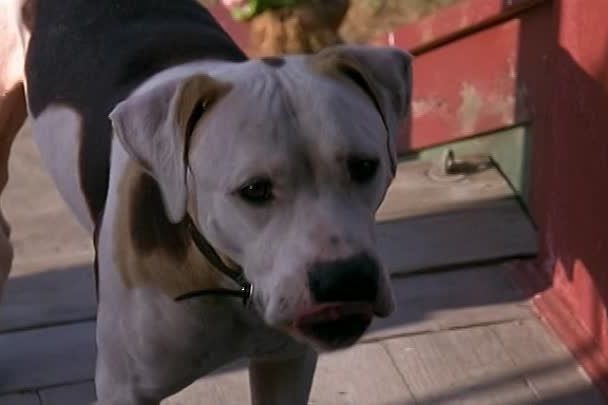
Chance began the Homeward Bound film as an impulsive, easily distracted, and somewhat attachment-avoidant dog, effectively representing the many real-life rescue dogs that struggle to build trust after having unstable or rough beginnings. His gradual journey toward confidence, belonging, and emotional connection successfully reframed “difficult” or insecure behavior as something that can profoundly soften with consistency, patience, and stable attachment. Following the movie’s success, many people adopted power-breed mixes, often under the assumption that love alone could reshape complex behavior. While emotional safety is crucial, true rehabilitation involves consistent training, a supportive environment, and long-term consistency. Chance helped audiences see that dogs with troubled pasts aren’t inherently “bad”, just emotionally unanchored, but the film unintentionally minimized the structured work necessary for behavioral healing.
15. Bruiser: The Purse Dog Stereotype and Its Complications (Chihuahua, Legally Blonde)
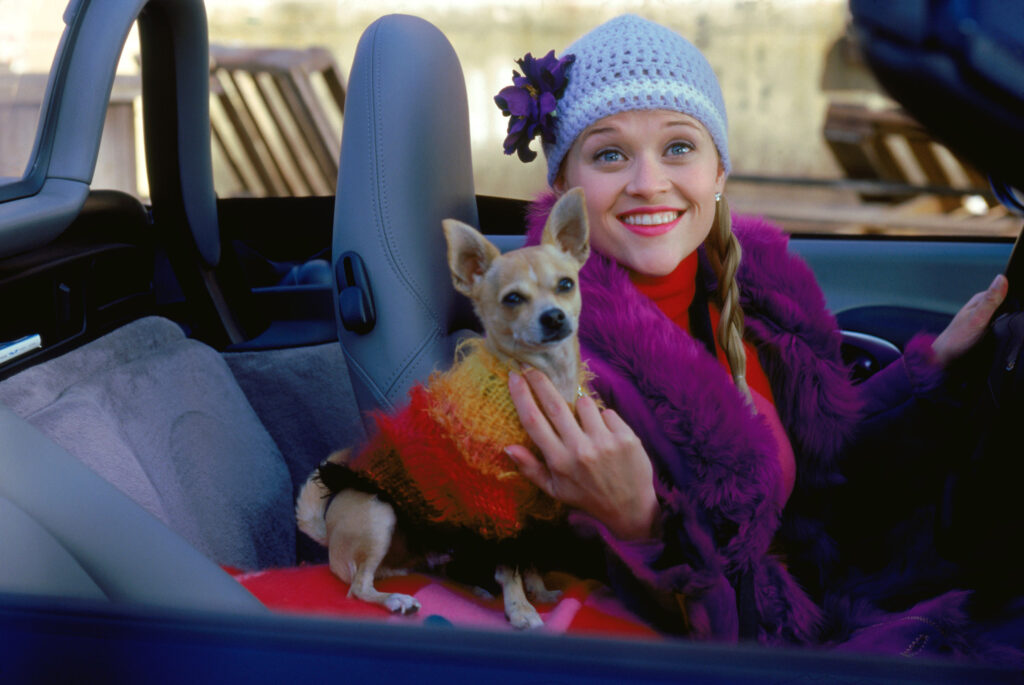
Bruiser’s role both played into and immediately challenged the early 2000s cultural trend of small dogs being treated as fashion accessories. On one hand, his highly visible presence directly contributed to the rise of “handbag dogs,” where Chihuahuas were purchased primarily for their aesthetic appeal rather than for companionship. On the other, the film intelligently highlighted the genuine, deep emotional connection that Bruiser shared with Elle Woods, mirroring her loyalty, independence, and confidence. The core issue arose when the cultural focus narrowed almost exclusively to the dog’s aesthetics. Tragically, many Chihuahuas subsequently entered shelters because households expected a decoration, not a vibrant, complex personality. Bruiser influenced culture significantly, but also illustrated the potential, devastating consequences of trend-based pet adoption.
16. Marley: The Imperfect Dog Everyone Still Loves (Yellow Labrador, Marley & Me)
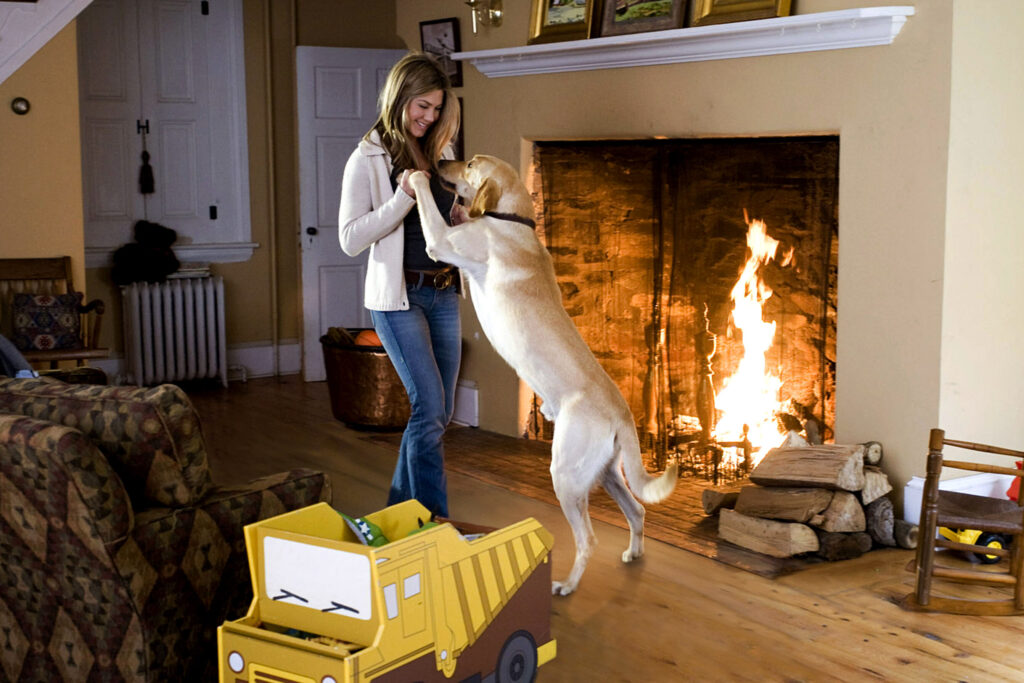
Marley & Me resonated deeply because it portrayed a dog who was loved not for his obedience or good behavior, but in spite of his constant, often overwhelming, chaos. The story perfectly mirrored many real family experiences: a dog who consistently overturns plans, thoroughly tests patience, and yet becomes irreplaceable and central to the home’s emotional life. The film was instrumental in normalizing behavioral challenges and framing emotional attachment as profoundly more meaningful than perfect obedience. However, this success also led to a significant spike in Labrador adoptions by families who did not fully appreciate that Labs are a high-energy working breed that requires substantial structured exercise and consistent training. Marley reinforced the comforting idea that a dog does not need to be “easy” to be utterly irreplaceable.
17. Buddy: The Apocalypse Companion Archetype (German Shepherd, I Am Legend)

Buddy served as a potent symbol of loyalty in extreme isolation, portraying a dog as the sole emotional ballast and confidant when the entire world had collapsed. This role intensely amplified the idea of dogs as ultimate protectors, steadfast confidants, and essential emotional stabilizers during a crisis. The cultural impact was profound, with many people identifying with the way Buddy represented humanity’s need for survival through deep, non-verbal connection. However, the portrayal also unintentionally reinforced the myth that deep, unwavering emotional bonds form instantly and effortlessly, surviving any external pressure. In reality, such profound trust and reliance are consistently built through mutual consistency, reassurance, and shared experience over significant time. Buddy successfully expanded the German Shepherd’s image from a functional working protector to an emotional guardian of human spirit.
18. Snoopy: The Independent Thinker (Beagle)
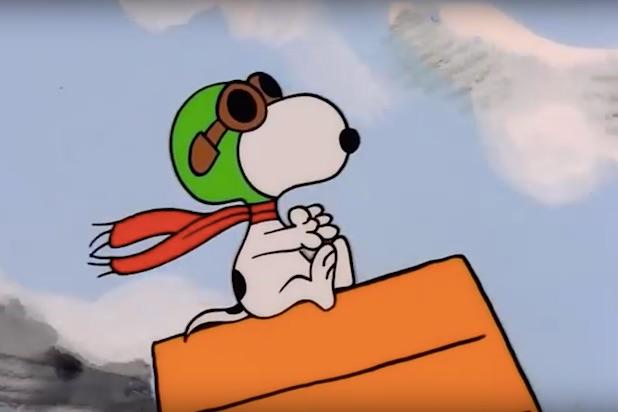
Snoopy, the iconic Peanuts character, fundamentally influenced how people perceive Beagles, not just as excellent scent hounds, but as imaginative, quirky, and deeply independent thinkers. While charming and universally beloved, this playful portrayal obscured the breed’s very high exercise needs and intense, instinct-driven focus on scents. Snoopy presented Beagles as whimsical dreamers who only wander because of curiosity, not instinctual drive. Consequently, many families adopted Beagles expecting laid-back, simple companionship, only to struggle with escape attempts, digging, and constant, vocal exploration. Snoopy made Beagles iconic as unique personalities, but the on-screen narrative was not accurately representative of a working hound that requires meaningful, structured engagement.
19. Blue: The Modern Model of Playful Parenting (Blue Heeler, Bluey)

The global phenomenon of the show Bluey has profoundly reshaped cultural views on both dogs and healthy, modern family dynamics. The character of Bluey consistently models learning through imaginative play, genuine emotional awareness, and supportive parent-child relationships. This has naturally led to an increased interest in Blue Heelers (Australian Cattle Dogs), which are highly intelligent working dogs historically bred for stamina, focus, and task completion. However, many new owners are often unprepared for the breed’s inherent intensity and immense need for physical and mental stimulation. Bluey successfully made people want the profound emotional connection and imaginative play, but the show, by its nature, does not emphasize the real-world structure and dedication required to sustain the breed’s emotional and physical needs.
20. Nana: The Caretaking Dog Motif (St. Bernard, Peter Pan)
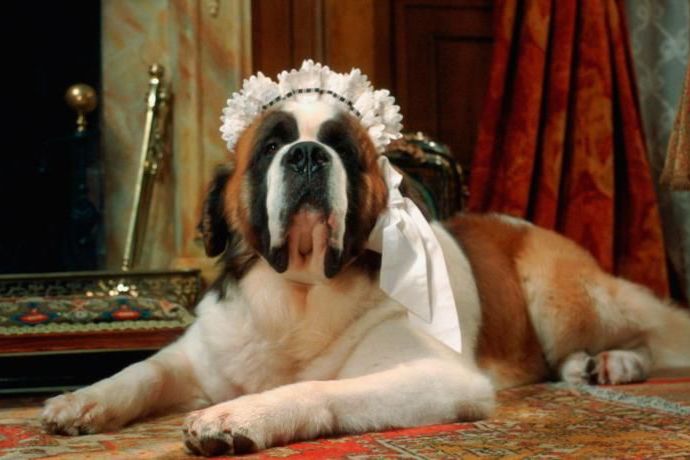
Nana, the iconic nursemaid from Peter Pan, solidified the cultural idea that some dogs are natural, devoted caretakers of children. While St. Bernards were already known for their famous Alpine rescue work, Nana gave the breed an entirely new nurturing and maternal identity. The character heavily contributed to the “gentle giant” narrative, which is emotionally comforting but can be practically misleading. Owning a large dog necessitates intentional, structured training, ample living space, and significant physical and financial support. Nana successfully shifted the breed’s emotional narrative in the public mind, but like the character Beethoven, the fantasy sometimes overshadowed the essential practicality of responsible giant-breed ownership.
21. Seymour: The Grief Story That Shaped Dog Memory in Pop Culture (Futurama)
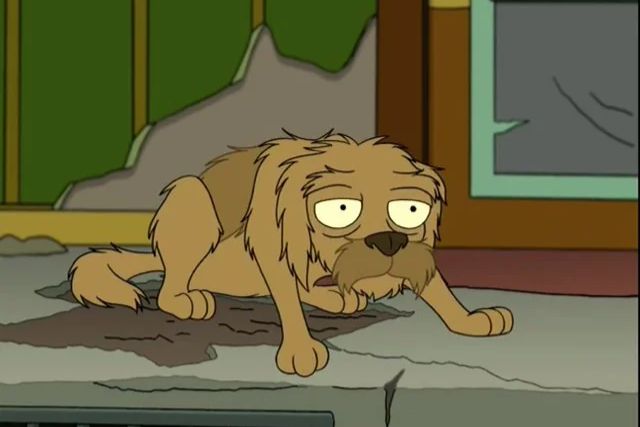
In one of the most widely cited and emotionally impactful animated episodes ever aired, Seymour’s deeply poignant storyline fundamentally shaped the contemporary cultural understanding of profound canine loyalty and the unique grief of unresolved separation. The character’s legendary enduring presence reinforced the powerful idea that dogs remember and faithfully wait, even when life irrevocably changes. This single episode has significantly influenced how people discuss pet loss, the enduring power of loyalty, and the immense emotional weight animals carry within the human experience. Seymour did not change the public’s perception of a specific breed, he changed the emotional, cultural perception of the relationship between dogs and their absent owners.
22. The Dogs of 101 Dalmatians: Trend Surges and Their Consequences (Dalmatian)
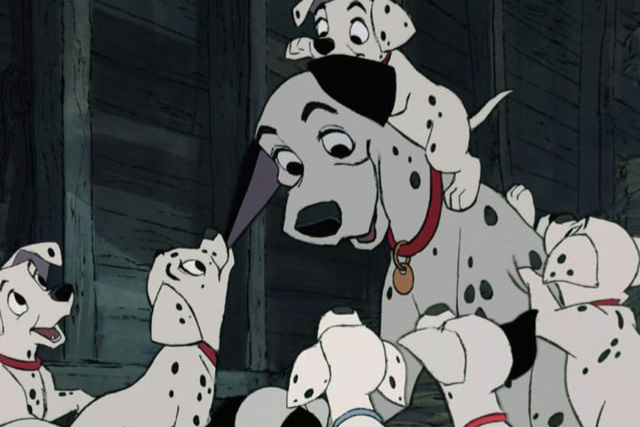
Following the release of every major film adaptation of 101 Dalmatians, the public demand for Dalmatian puppies surged dramatically. Families were highly attracted to the breed’s distinctive, beautiful spotted appearance and the cinematic idea of playful, easygoing family companionship. However, Dalmatians are, by nature, very high-energy working dogs originally bred for great endurance, guarding, and sustained alertness alongside carriages. Consequently, many households were completely unprepared for the breed’s intensive needs for exercise and training, which sadly led to increased abandonment and significant breed-specific rescue efforts. The films, while entertaining, taught a difficult, important lesson: media-driven, impulsive adoption creates immediate and long-term, painful real-world consequences for the animals themselves.
23. Why These Animal Roles Matter

These enduring cinematic and television portrayals are powerful because they shape the fundamental way people imagine dog companionship. Some of the portrayals genuinely strengthened our emotional understanding of the human-animal bond, while others inadvertently created expectations that no real-life dog could possibly fulfill. The stories endure because they express something deeply and universally true: we see our own potential for loyalty and heroism mirrored in our dogs. The ongoing challenge for any potential pet owner is to remember that real dogs, even those belonging to beloved breeds, require essential structure, genuine patience, consistent time, and deep respect for their unique, real-world needs, not just cinematic perfection.
It is a powerful reminder that while we cherish the stories, we must always respect the reality of the animals they represent.
This story 23 Animal Companions in Classic Films and TV That Changed Public Perception of Entire Breeds was first published on Daily FETCH


